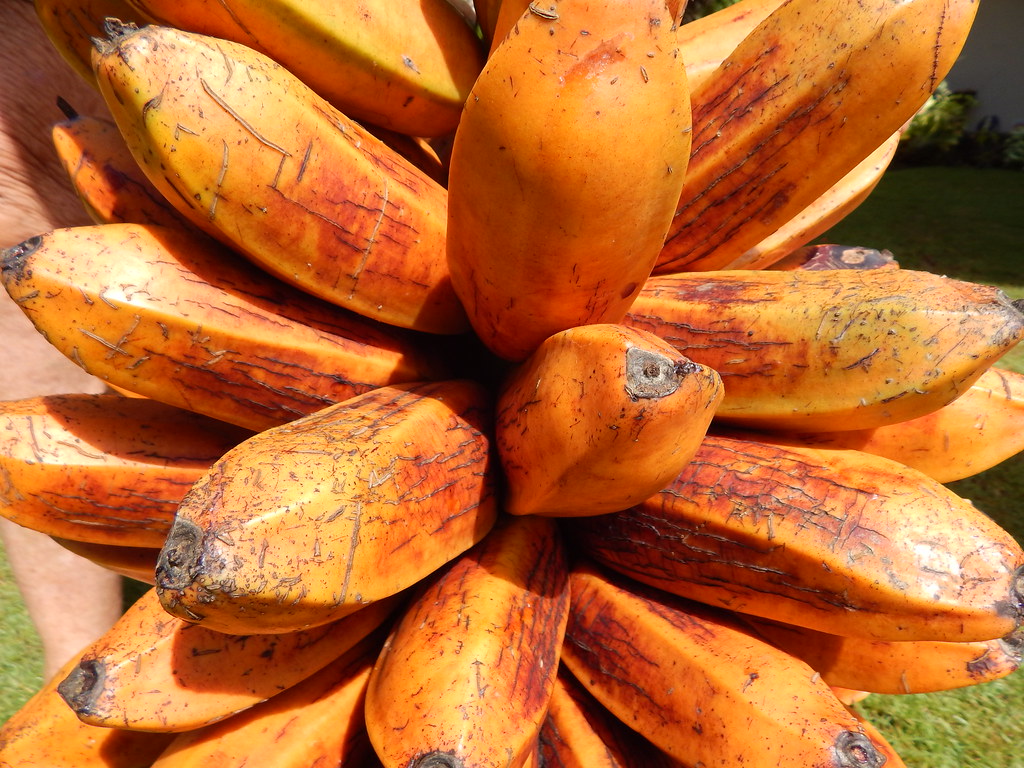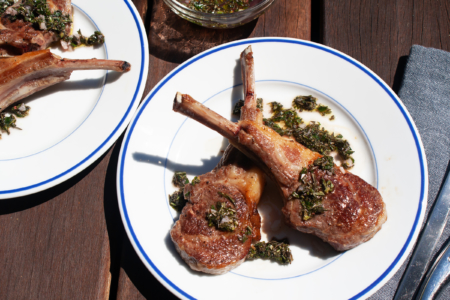Bananas are one of the most eaten, inexpensive, and the earliest known fruits on the face of the Earth. According to a few horticulturists, bananas were, in fact, the first fruit that grew on the planet. The origin of bananas is attributed to the jungles of Southeast Asia and the countries of Malaysia, the Philippines, and Indonesia. Today, however, bananas are cultivated in more than 150 countries worldwide including South America, Central America, India, Africa, and China.
Interestingly, bananas seem to grow on trees, but they are technically the “berries” of giant herbs from the family Musaceae that’s related to orchids. They thrive in warm, tropical conditions, and are a staple food in several tropical countries.
Dessert Bananas Vs. Cooking Bananas
There are over 1000 varieties of bananas of which many are inedible. Bananas are broadly classified as either “dessert bananas” or “cooking bananas” aka plantains. Dessert bananas are soft-textured, sweet, and can be eaten raw. Some examples of dessert bananas are Cavendish, Berangan, and Lady Finger Banana. Plantains, on the other hand, are starchy, astringent, and only mildly sweet, so they’re widely used for cooking savory dishes, and known as the “cooking bananas”. Pisang Raja, Fehi, and Macho Plantain, for instance, are types of cooking bananas.
10 Different Types of Bananas
1. Cavendish Banana
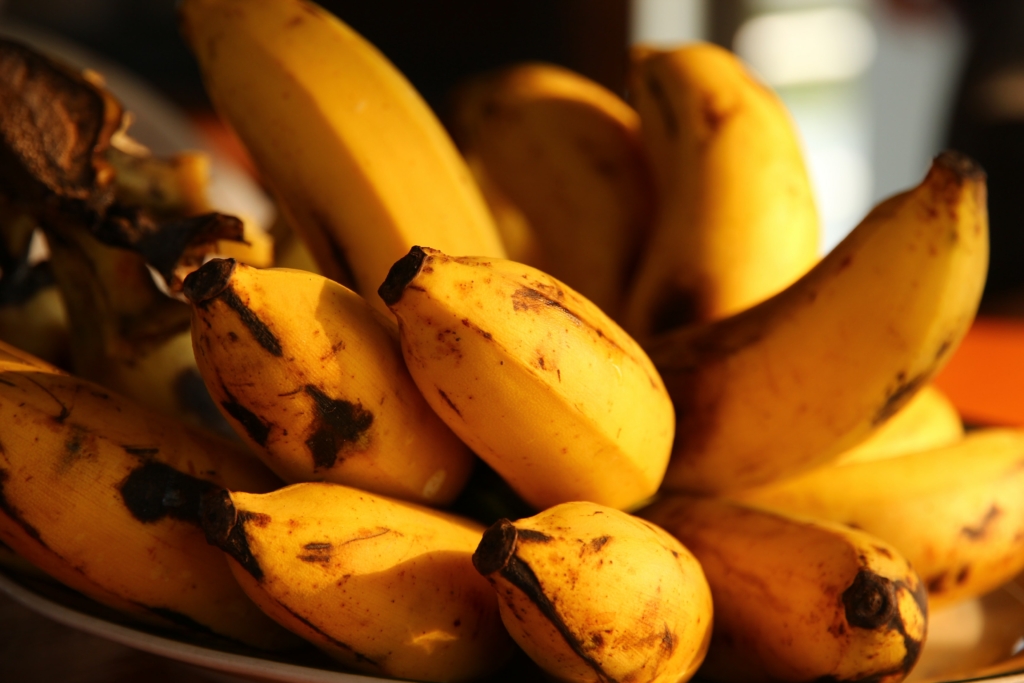
Cavendish is the most popular and commonly found banana variety in the US that’s cultivated across many Central American regions. It’s slightly sweet with a buttery texture. Cavendish banana is ideal for making desserts, smoothies, bread, and pancakes.
2. Goldfinger Banana
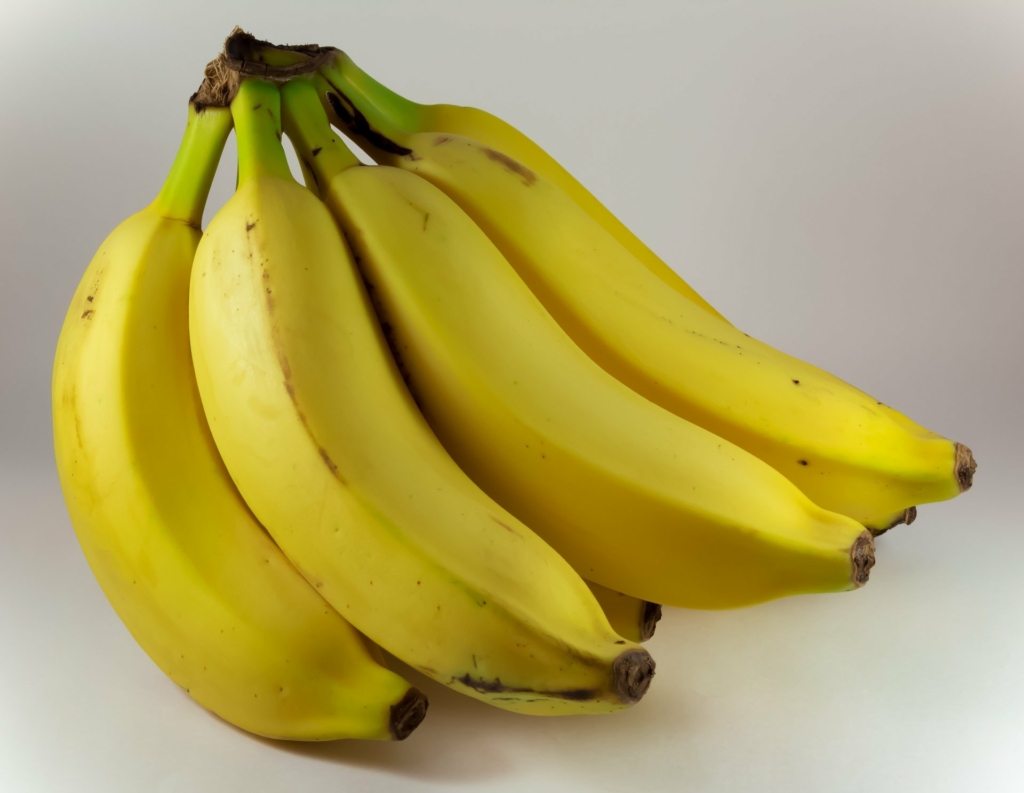
Goldfinger bananas were initially cultivated as a disease-resistant cultivar in Honduras. They’re a mix between the Cavendish variety and Lady Finger bananas. They’re very sweet once ripe and often eaten raw, while the unripe Goldfinger banana can be cooked into dishes as well.
3. Red Banana
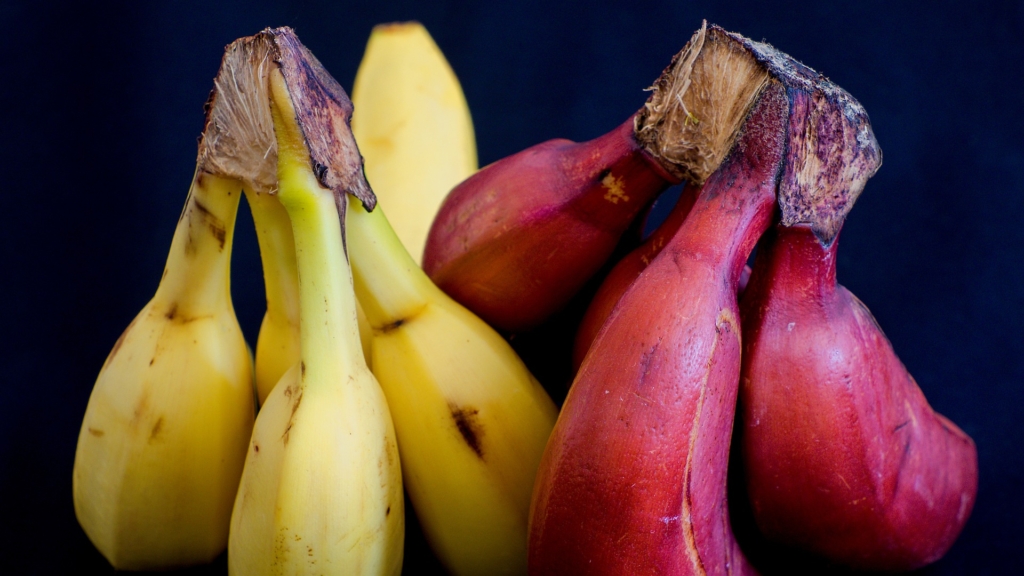
Red bananas are much sweeter, creamier, and softer than cavendish bananas. They’re easily noticed by their red-purplish skin and pinkish-white flesh. The flavor is also unique for a banana because of its raspberry-like under notes. They make a great filling for pies and pastries.
4. Blue Java Banana
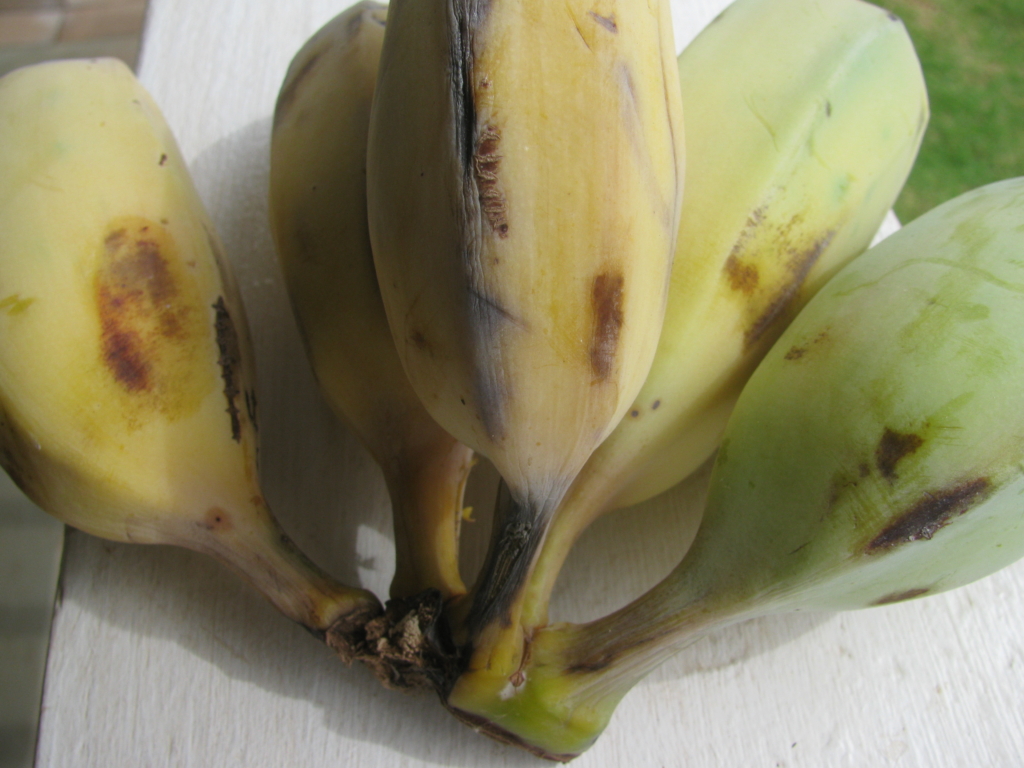
Blue Java variety, as the name suggests, comes with a light blue peel that complements its white interior. The taste is vanilla-like and fragrant coupled with an extremely buttery-soft texture, because of these attributes they’re nicknamed “ice cream bananas” and can be employed in making some incredibly aromatic smoothies.
5. Berangan Banana
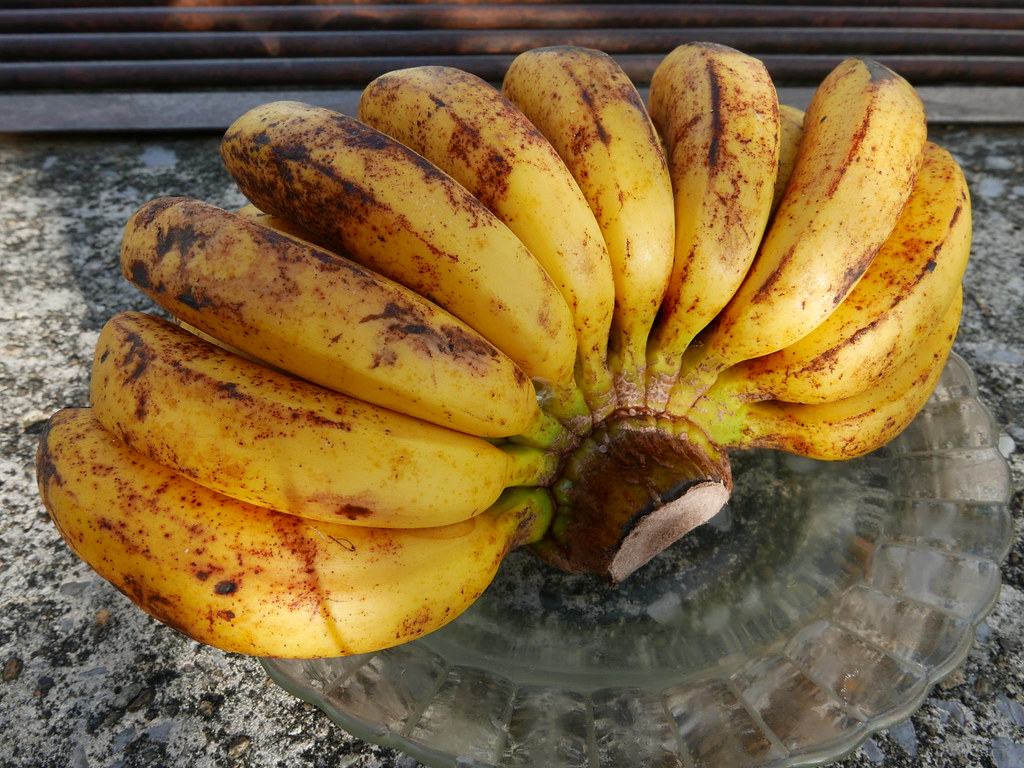
Berangan is another type of dessert banana that is distinguished by black dots all over the yellow peel. The flesh is white, firm, fragrant, and mildly sweet. It grows in Malaysia where it’s either eaten raw or used in desserts.
6. Lady Finger Banana
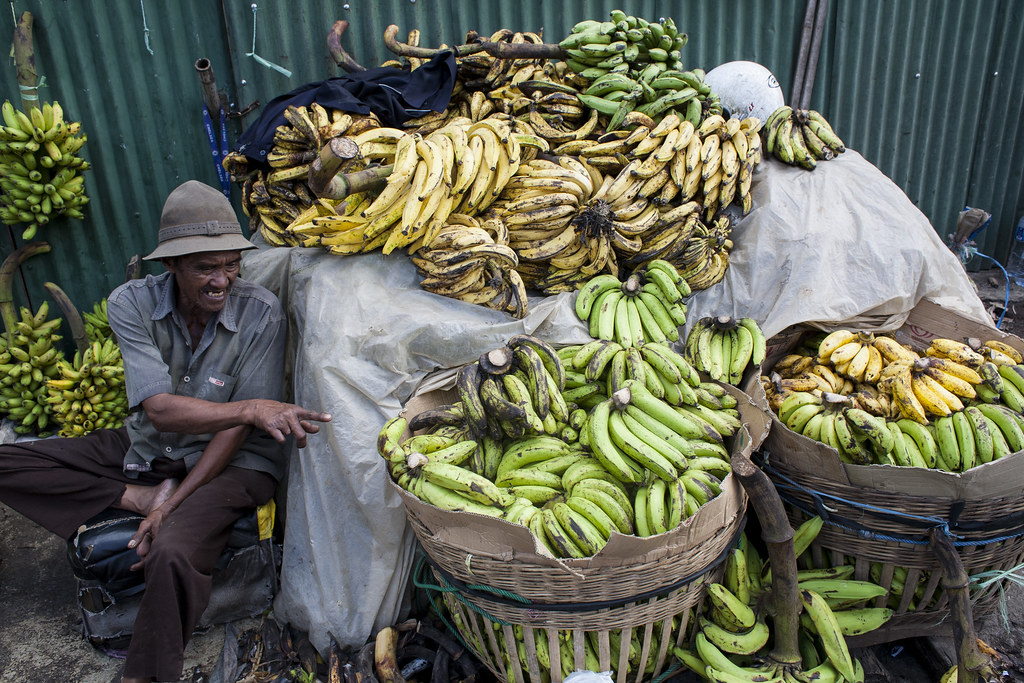
Lady Finger Bananas are smaller than Cavendish but more sweet and thin-skinned. They have a buttery texture and honey-like sweetness. While they’re often eaten raw, especially in salads, they taste equally amazing when baked into desserts or tossed into smoothies. The overripe Lady Finger Bananas can also be used in making banana bread.
7. Pisang Raja
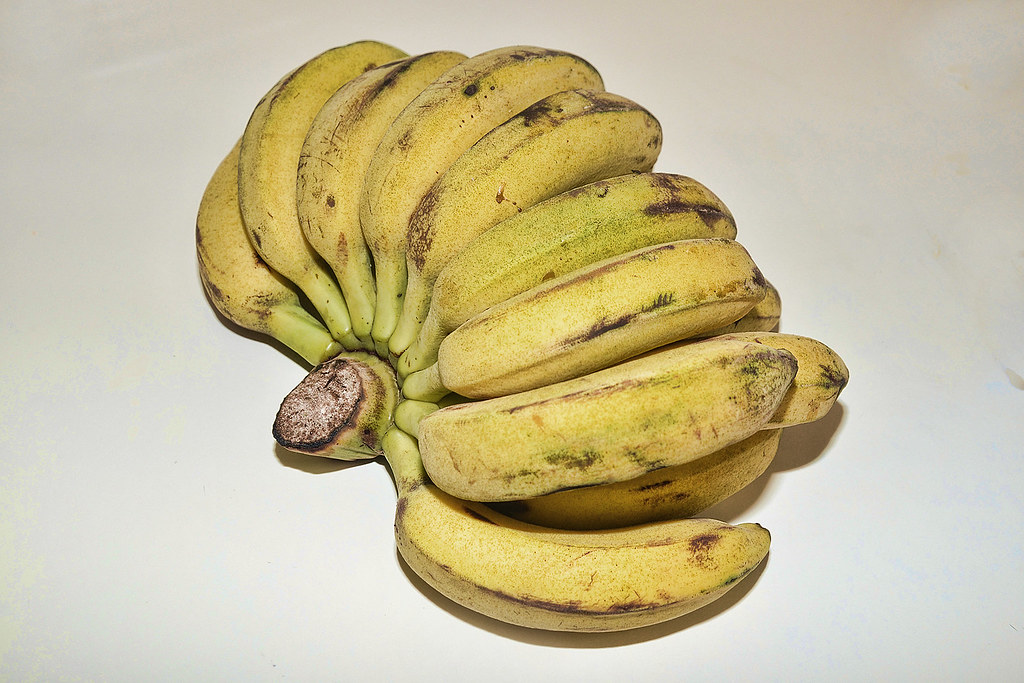
Pisang Raja, also called Musa Belle banana, is a cooking banana variety native to Indonesia. They have a thick yellow-orangish peel with white flesh that’s creamy, sweet, and slightly grainy in taste. They’re used in Balinese-style banana pancakes that are a popular snack all over Indonesia.
8. Fehi banana
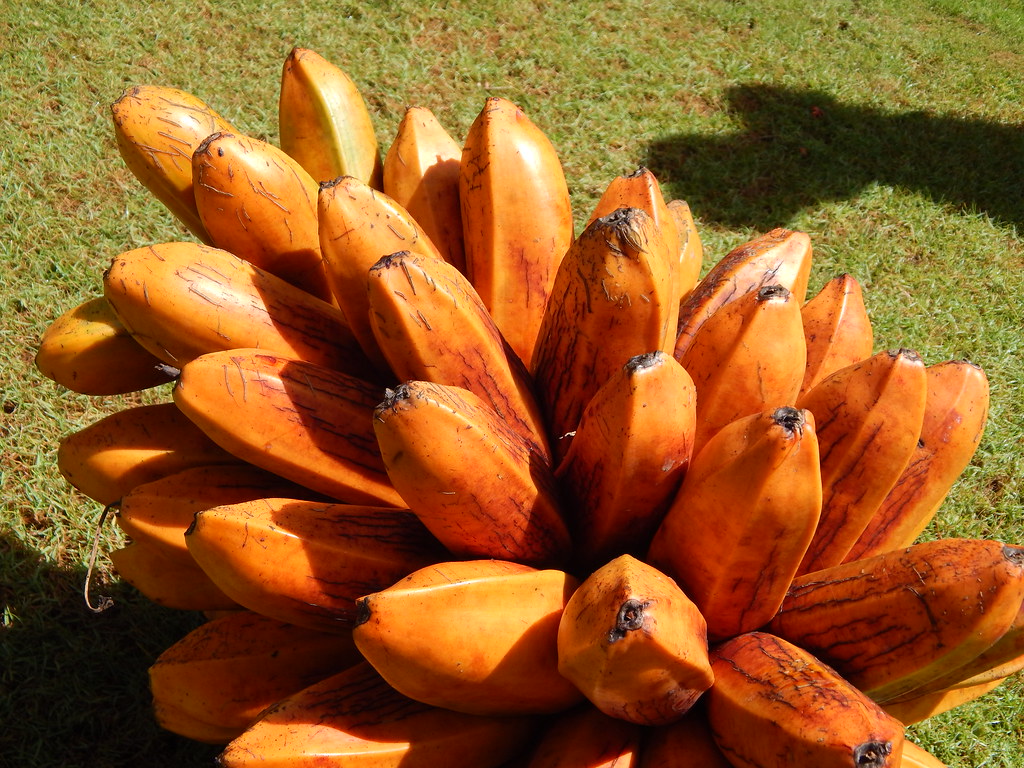
Fehi bananas are brilliantly orangish-red in color and grow across the Pacific islands. These are starchy, mildly sweet, very astringent in raw form, and hence widely used in cooking. They taste great especially when baked or boiled. Try making a delicious Plantain Curry using Fehi bananas.
9. Bluggoe banana
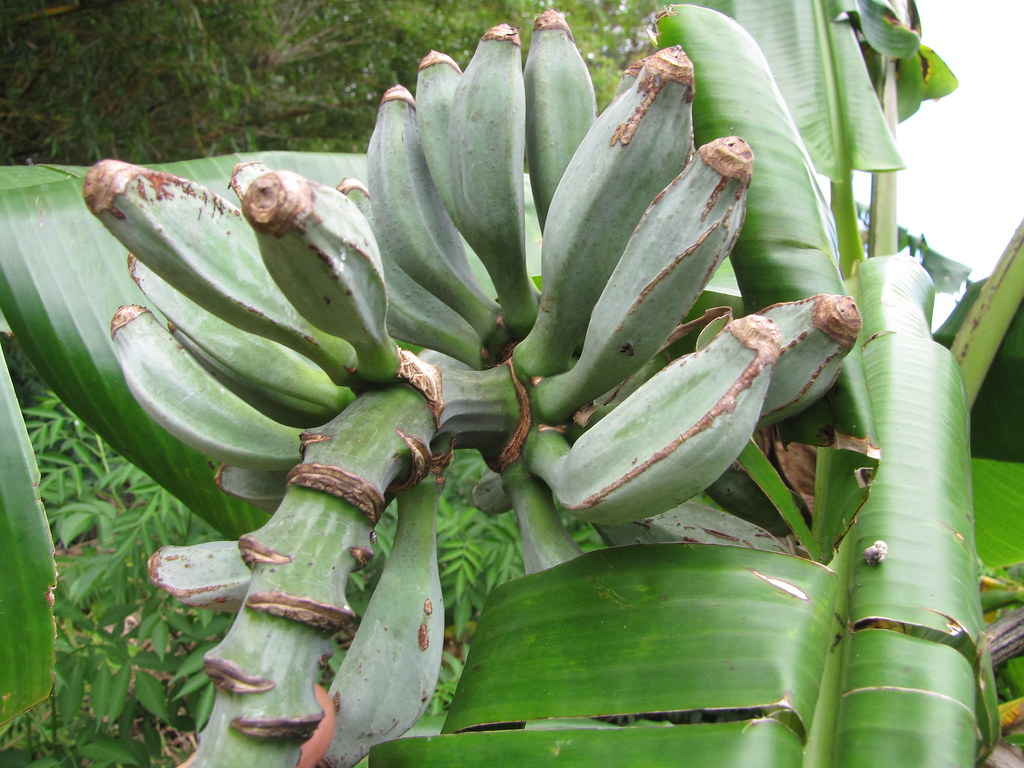
Bluggoe banana is starchy and mildly sweet in taste. It’s popular in Burma, Thailand, India, and Africa where it’s cooked or boiled to be served as a side along with other assortments to complement meaty meals.
10. Macho Plantain
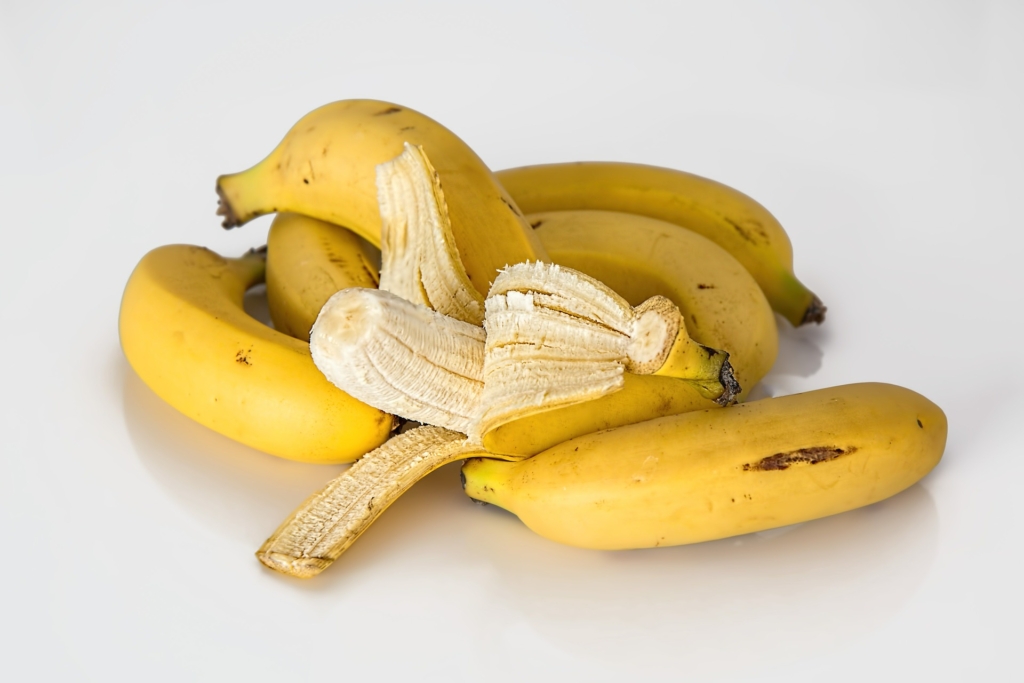
Macho Plantain is a type of cooking banana that’s widely grown in the United States, and particularly common in Florida. Because of its starchy, slightly sweet, and sour taste, it’s usually battered and deep-fried or can be roasted on a grill.
Feature Image: Flickr user Starr Environmental ( CC BY 2.0 )
